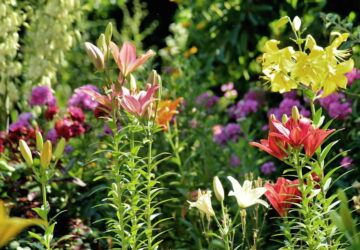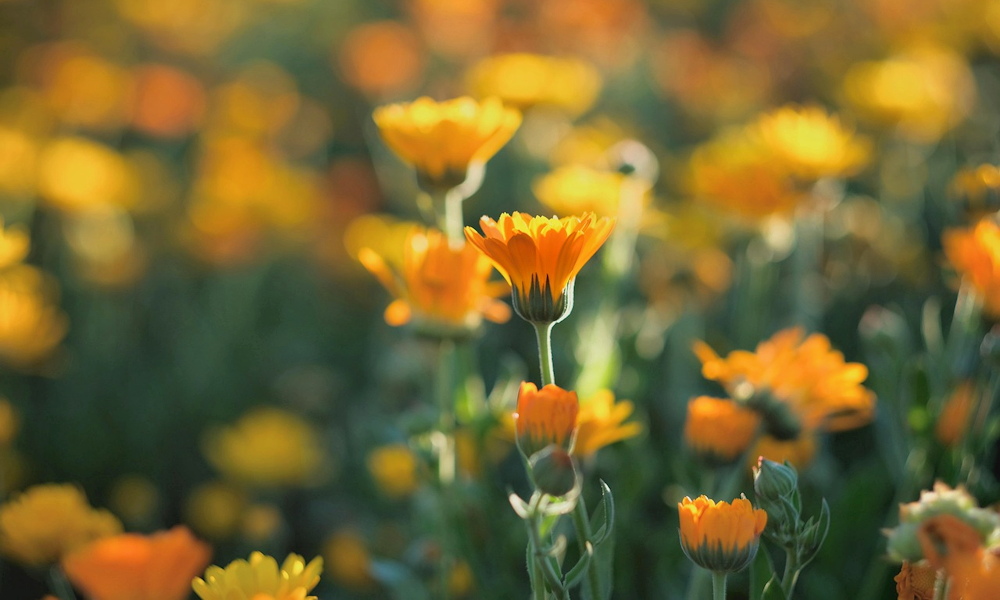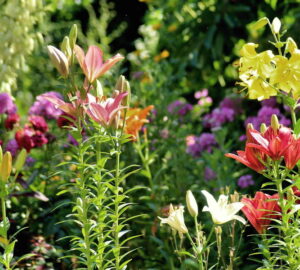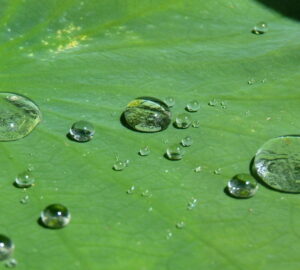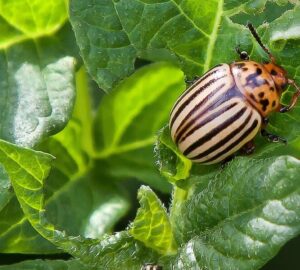If you’re tired of bare soil and constant weeding, it’s time to meet your new garden allies: ground cover plants. Sure, a layer of mulch can make your garden look neat and reduce maintenance needs. But what if your mulch could bloom, attract pollinators, and build healthy soil at the same time?
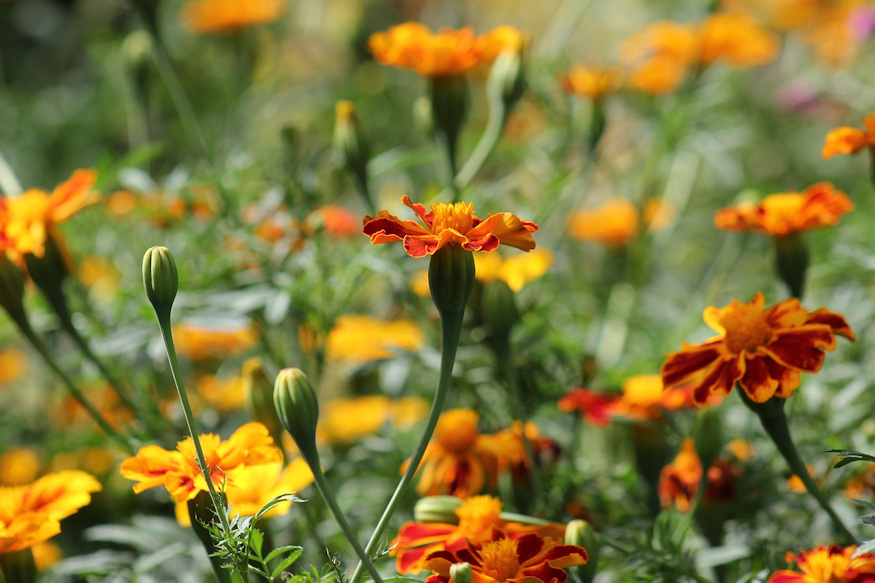
Covering your garden soil has many benefits. It protects against erosion, keeps moisture in, suppresses weeds, and encourages the formation of humus by feeding the soil life. Traditional mulching materials like grass clippings, straw, shredded leaves, or chopped branches work well—especially if you remove roots and seed heads from any pulled weeds before reusing them. But mulch doesn’t have to be brown and boring.

Herbaceous ground cover plants and low-growing perennials are a living alternative that does everything mulch does—and more. They cover the ground densely, protect the topsoil from sun and wind, and help stabilize moisture and temperature, creating a healthy microclimate for plant roots and soil organisms alike.
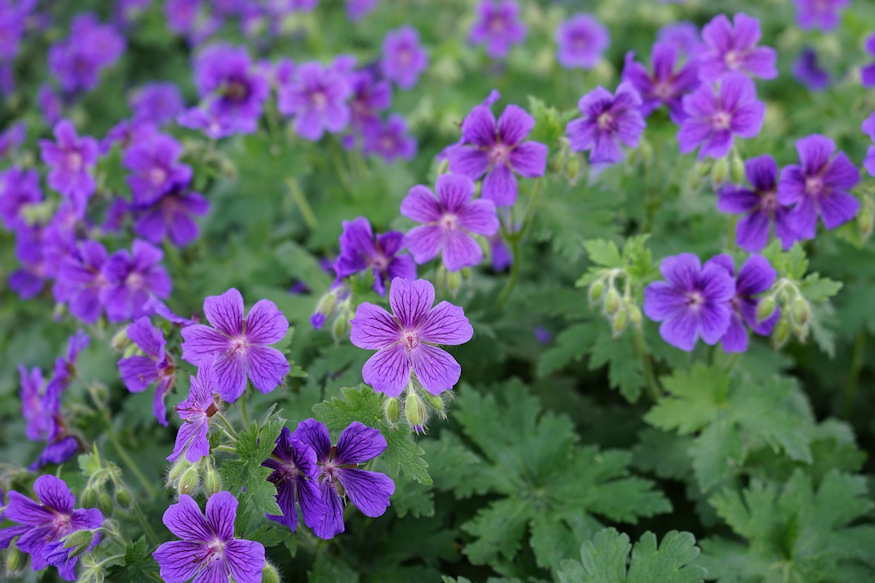
Here are some of the most useful and attractive ground cover plants, depending on your garden setting.
Ground Cover Plants That Thrive Under Trees and Shrubs
Shady spots under trees and bushes can be tricky—dry, root-filled, and low on sunlight. But don’t worry, these ground covers are up to the challenge:
- Barren strawberry (Waldsteinia ternata) – A tough, evergreen perennial with strawberry-like leaves and cheerful yellow flowers in spring.
- Barrenwort (Epimedium spp.) – Elegant foliage and delicate flowers make this a shady favorite, especially in dry areas.
- Common periwinkle (Vinca minor) and greater periwinkle (Vinca major) – These evergreen vines are fast spreaders, perfect for slopes or under trees.
- Cranesbill (Geranium macrorrhizum) – A fragrant, hardy geranium that forms a dense mat and deters weeds.
- English violet (Viola odorata) – Sweetly scented and lovely in early spring, this violet forms tidy rosettes.
- Wild strawberry (Fragaria vesca) – Offers charming white flowers, edible berries, and great soil coverage.
- Sweet woodruff (Galium odoratum) – A woodland classic with whorled leaves and tiny white flowers in spring.
- Lilyturf (Liriope muscari) – A grass-like evergreen with spikes of purple flowers and excellent shade tolerance.
- Ajuga, or bugleweed (Ajuga reptans) – Low-growing, fast-spreading, with attractive foliage and blue flowers.

Ground Cover Plants for Vegetable Gardens
Not all ground covers are just for show—some also offer edible leaves or flowers and help improve your veggie beds. These companions reduce erosion, hold in moisture, and sometimes even deter pests:
- Common purslane (Portulaca oleracea) – A succulent ground hugger with high omega-3 content; great in salads.
- Lamb’s lettuce (Valerianella locusta) – Mild, nutty-flavored greens that thrive in cooler seasons.
- Marigold (Tagetes spp.) – A favorite for pest control, especially nematodes; also brightens up rows with vibrant blooms.
- New Zealand spinach (Tetragonia tetragonioides) – Heat-loving and resilient, a great summer substitute for spinach.
- Pot marigold (Calendula officinalis) – Edible petals, pollinator-friendly, and a natural antifungal plant.
- Spinach (Spinacia oleracea) – Classic, nutritious, and fast-growing with excellent soil coverage.
- Red clover (Trifolium pratense) – Fixes nitrogen in the soil, supports pollinators, and works as a green manure.
- Arugula (Eruca sativa) – Quick-growing and spicy-flavored; can reseed itself in suitable climates.
- Chickweed (Stellaria media) – Often seen as a weed, but it’s edible, soil-enriching, and great for cooler months.
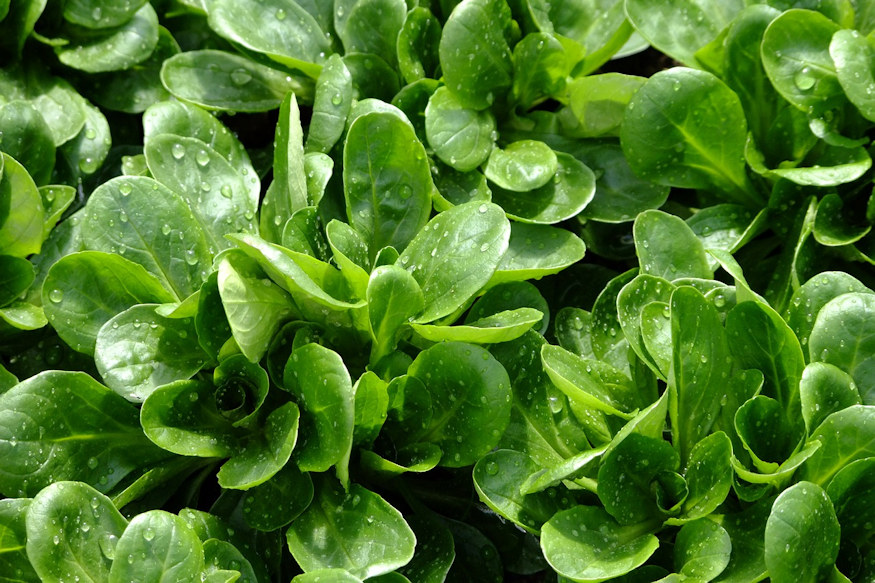
A Living Carpet That Gives Back
Ground cover plants aren’t just pretty faces. Whether you’re trying to solve a garden problem or just want a lusher, more self-sustaining space, they offer an easy and beautiful solution. They soften hard edges, prevent soil compaction, attract beneficial insects, and reduce the amount of watering, mulching, and weeding you’ll need to do.

And the best part? You can mix and match. Combine flowering ground covers with edible greens, or blend evergreen types with seasonal showstoppers. With a little planning, your garden’s “floor” can become one of its most functional and attractive features.
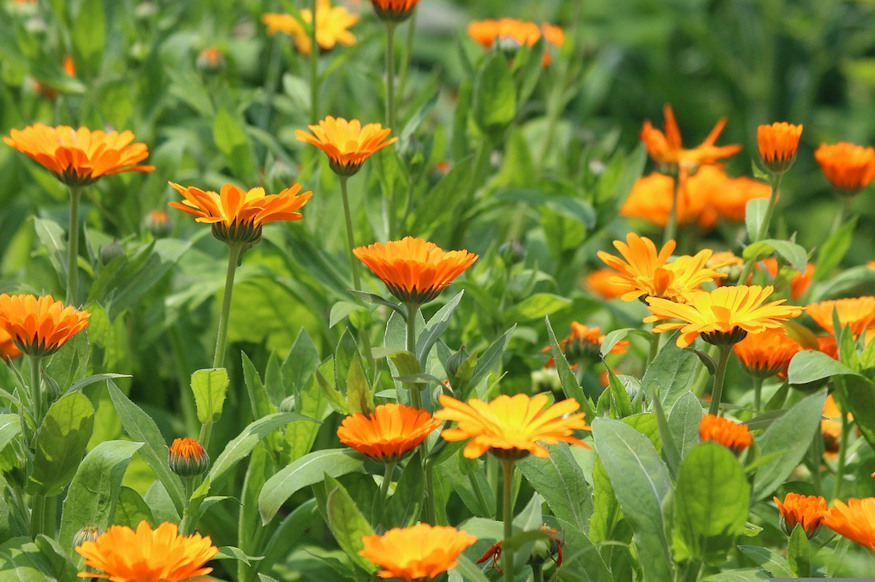
So, which ground cover will you try first?

